 Regulation of software as a medical device
Regulation of software as a medical device
In a constantly evolving technological landscape, the use of software as a medical device has become a significant reality. However, to ensure the safety and effectiveness of these software applications, regulation is crucial. In this blog, we will delve into the complexities of regulating software as a medical device, exploring essential steps, common challenges, and the importance of this process for the healthcare industry.
What you will find in this blog:
- Defining Software as a Medical Device;
- Identifying the Classification of Software as a Medical Device;
- Meeting Regulatory Requirements;
- Conducting Risk Assessment;
- Submission of Documentation to ANVISA;
- The Importance of Regulation for the Healthcare Industry.
Defining Software as a Medical Device
Before initiating the regulation process, it is crucial to understand what constitutes Software as a Medical Device. According to the National Health Surveillance Agency (ANVISA) and international regulatory bodies, Software as a Medical Device is intended for medical purposes, performing functions similar to those of a traditional medical device.
Identifying the Classification of Software as a Medical Device
The classification of Software as a Medical Device is a fundamental step as it determines the scope and specific requirements for regulation. The classification is based on the risk associated with the software's use, divided into classes I, II, III, and IV with proportional requirements to the risk.
Meeting Regulatory Requirements
Compliance with regulatory requirements is one of the main challenges. It is necessary to map and comply with specific medical device standards and local regulations, ensuring that Software as a Medical Device is developed and maintained in compliance with international quality standards.
Conducting Risk Assessment
Risk assessment is a crucial step in the regulation process. Identifying and mitigating risks associated with Software as a Medical Device is essential to ensure patient safety and device effectiveness. This involves detailed analyses from conception to the post-launch phase.
Submission of Documentation to ANVISA
The complete submission of documentation to ANVISA is the final phase of the regulation process. This includes risk assessment reports, evidence of compliance with specific standards, and documented evidence supporting the safety and effectiveness of Software as a Medical Device.
The Importance of Regulation for the Healthcare Industry
Regulating software as a medical device is more than a bureaucratic requirement; it is a fundamental pillar for patient safety and the reliability of healthcare professionals. Furthermore, regulation lends credibility to the software developer, increasing acceptance in the market and user confidence.
Trust Stone Okamont for the Regulation of Your Software as a Medical Device!
Navigating the complexities of regulating software as a medical device can be challenging, but with Stone Okamont by your side, this process becomes more straightforward and efficient. We are regulatory affairs experts, committed to guiding your company from classification identification to documentation submission to ANVISA.
Trust in the experience of Stone Okamont to ensure that your software meets regulatory requirements, ensuring the necessary safety and effectiveness to thrive in the digital healthcare market. We are ready to be your trusted partner in the pursuit of compliance and excellence. Invest in the future of your digital innovation with Stone Okamont – your bridge to successful regulation of software as a medical device.
Want to know the ideal path
FOR YOUR COMPANY?
Request a quote here.


